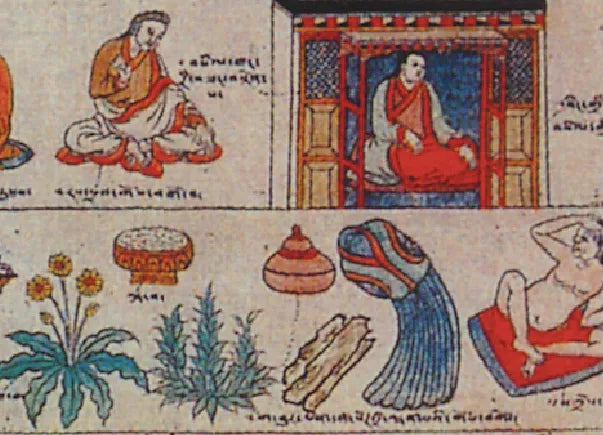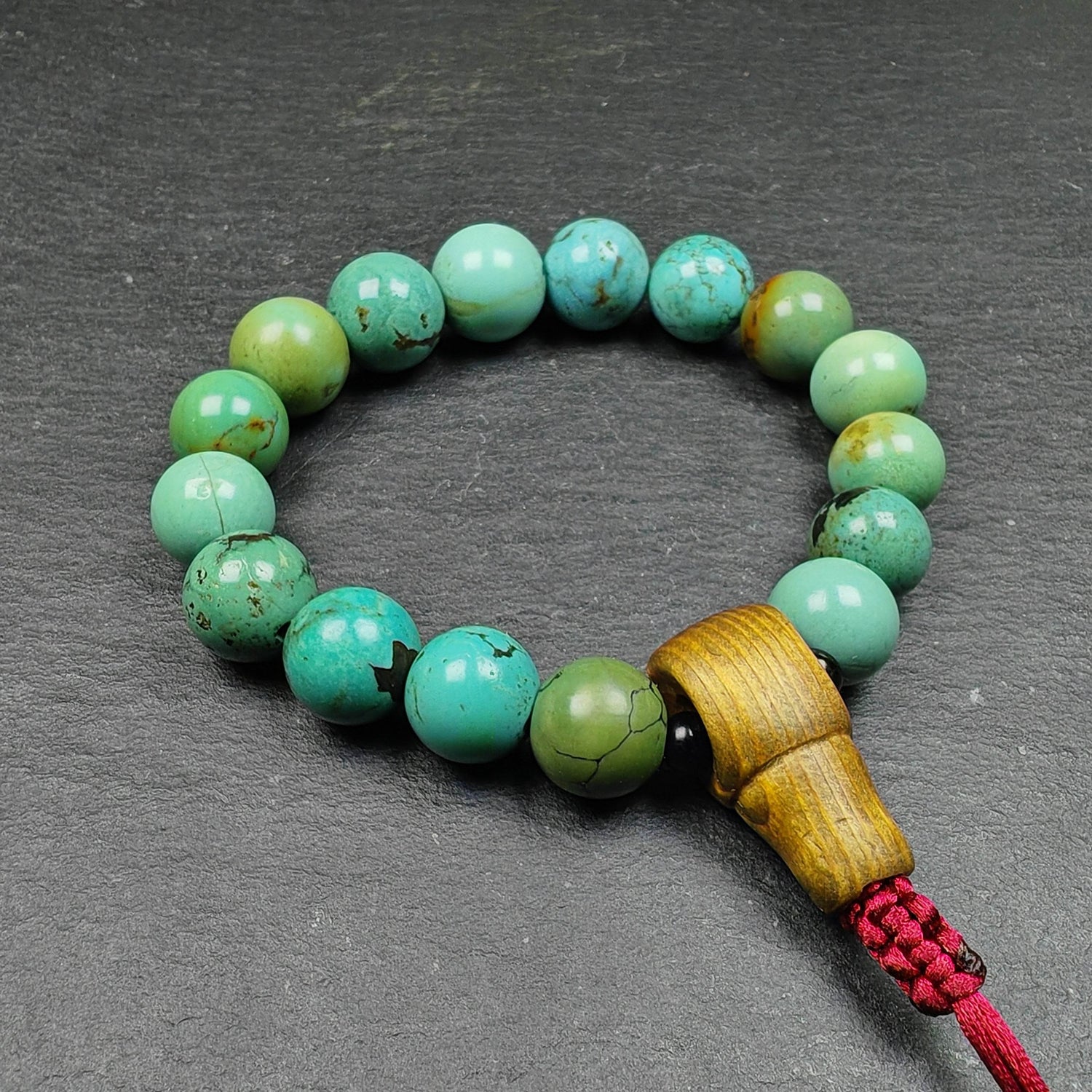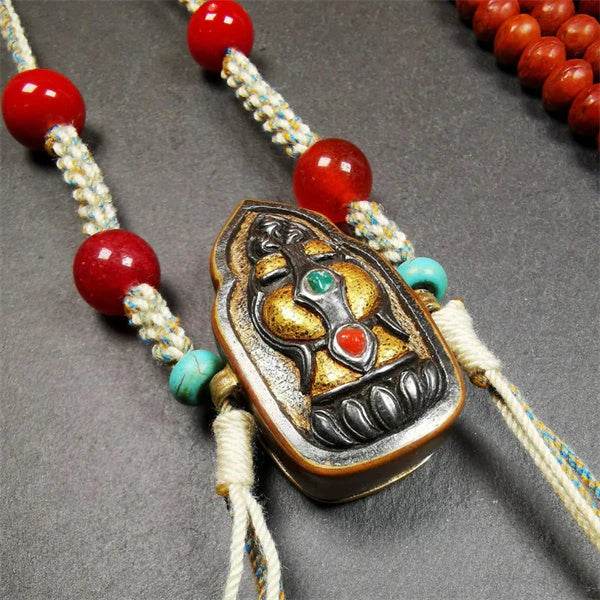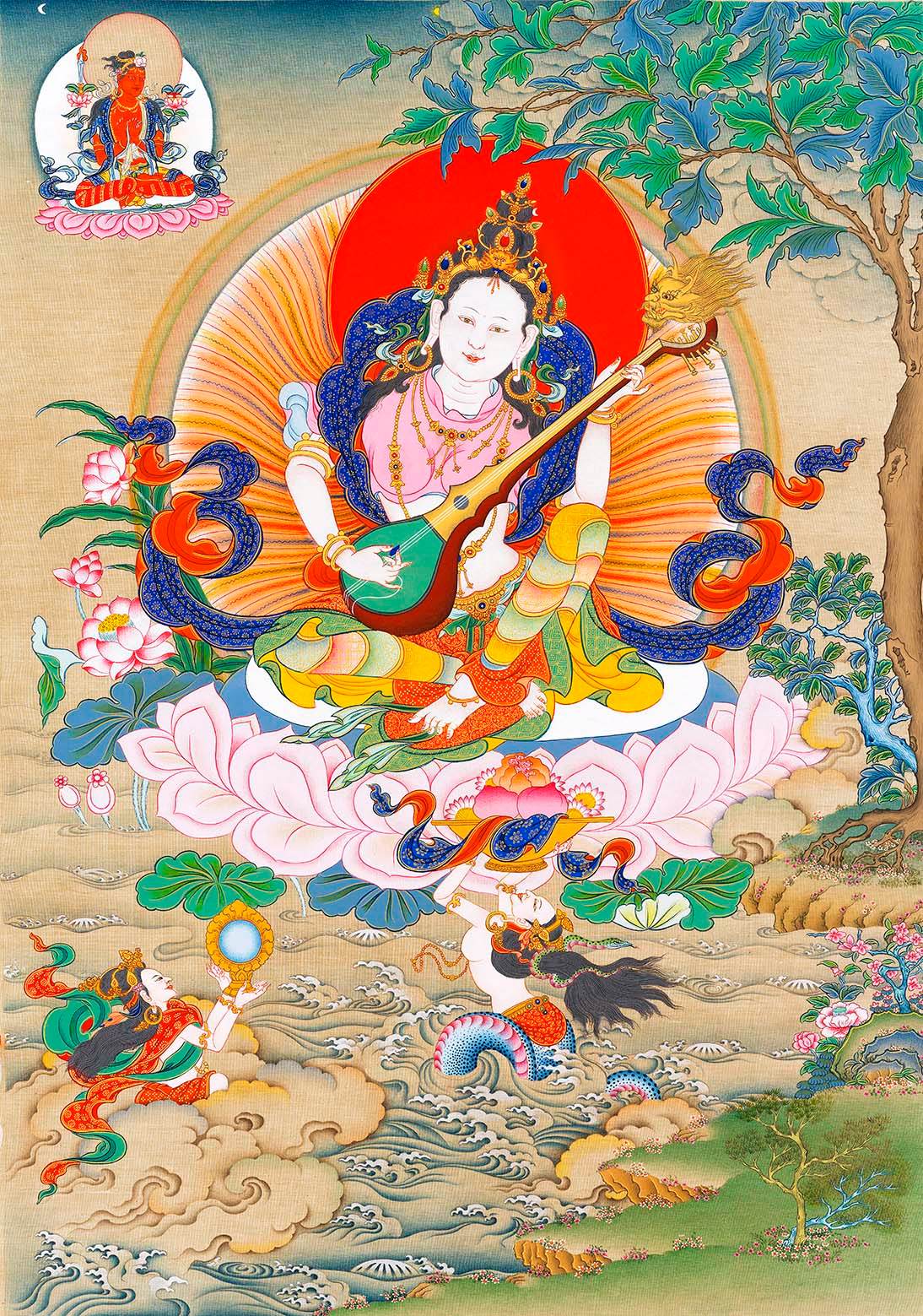
Tibetan Fragrance Journey: Auspicious Agarwood

"Blue Beryl Tibetan Medical Thangka: Daily Conduct and Seasonal Routines"
In the first half of the twentieth century, Lhasa Men-Tsee-Khang (Tibetan Medical and Astrological Institute)
In the line above, it is stated that "during the warm season, one should reside in a fragrant and cool house."
In the line below, it is advised that "when autumn arrives, one should wear garments perfumed with incense."

"The Second Karmapa, Karma Pakshi"
Mid-19th century, Collection of the Field Museum of Natural History.
Portion: The Karmapa seated upon a throne of black agarwood
Blending the craftsmanship of South Asia and East Asia in agarwood artistry (woodworking and incense-making)
Descriptions of "agarwood utensils" are found among various schools of Tibetan Buddhism.
ཕྱི་ནང་གསང་གསུམ་མནོལ་གྲིབ་བསལ།
ཨ་མིང་ཅན་འདི་མཛེས་སྦྱིན་པ།
Expelling impurities, both inner and esoteric,
The one named 'A' bestows beauty.
—Excerpt from a Bhutanese epic on medicinal plants
(No fixed title on handwritten manuscript)
According to legend, the famous physician Wu Jinba (ཨུ་རྒྱན་བསྟན་འཛིན་རྒྱ་མཚོ་; in the late 19th century) who was exiled to Bhutan, is said to have authored:
"The name 'A' refers to agarwood."
In Tibetan, the first letter of the word for agarwood is "A".

"Blue Beryl Tibetan Medical Thangka: Essences of Earth and Wood, and Medicinal Herbs of the Plains"
Early 20th century, Lhasa Men-Tsee-Khang (Tibetan Medical and Astrological Institute) Collection.
Partial: Black Agarwood (ཨར་ནག་, Ar-nak) and Yellow Agarwood (ཨར་སེར་, Ar-ser).

"Series of Milarepa's Biographical Paintings: Old Age"
Mid-18th century, Private Collection.
Partial: Before his passing, the revered one distributed his belongings and imparted supreme teachings.
Among the relics of the revered Milarepa (1040-1123) were two walking sticks, which were bequeathed to his two most important disciples, Rechungpa (1085-1161) and Gampopa (1079-1153). For later scholars, the two relics left by Milarepa to Gampopa—the black agarwood walking stick and the headscarf of the master Maitripa (མཻ་ཏྲི་པ་)—symbolize the root of the core teachings of the Kagyu tradition. As the root teacher of Marpa, Maitripa's position in the Mahamudra lineage is self-evident, but where did the black agarwood walking stick, which holds equal significance, originate? When Rechungpa was preparing to return to Tibet from South Asia, the accomplished master Tipupa (ཏི་ཕུ་པ་) entrusted him to present the black agarwood walking stick to Milarepa. In the Kagyu lineage, Tipupa is often regarded as the rebirth manifestation of Marpa's son, Darma Dode (དར་མ་མདོ་སྡེ་), thus embodying the Dharma lineages of both South Asia and Tibet. For Milarepa, the most suitable inheritor of his core teachings was naturally Gampopa, and later generations have extensively elaborated on the significance of this black agarwood walking stick. The founder of the Yasa Kagyu tradition, Chöje Mönlam (གཡའ་བཟང་ཆོས་རྗེ་ཆོས་ཀྱི་སྨོན་ལམ་; 1169-1233), once remarked: Agarwood is the finest among woods, and agarwood incense is the most supreme among fragrances. Black agarwood, in particular, is considered auspicious (བཀྲ་ཤིས་ཅན་). Unique and auspicious, it exudes a pervasive fragrance yet contains within it the essence of practice, thus embodying both wisdom and compassion.

"Blue Beryl Tibetan Medical Thangka: Essences of Earth and Wood, and Medicinal Herbs of the Plains"
Early 20th century, Collection of the Lhasa Men-Tsee-Khang (Tibetan Medical and Astrological Institute).
Partial: Agarwood "Bashi" (འབའ་ཞིག་) and Gray Agarwood (ཨར་སྐྱ་).

"Padampa Sangye"
Late 15th century, Private Collection.
In some texts attributed to Padampa Sangye,
he praises the virtues of agarwood and its resin,
such as "generating wisdom when encountering obstacles"
and "superior in quality, black as a yogi's attire."
He is said to have carried agarwood and other fragrant woods with him as a personal practice.
In the Tibetan context, sandalwood and agarwood are considered the most esteemed fragrances, and sandalwood and agarwood trees are also the most commonly revered aromatic sacred trees in Buddhist cosmology. Although the narratives surrounding agarwood in Tibet are intricately linked to Buddhism, agarwood had already made its way into the royal courts via trade routes as early as the Tibetan Empire period. Historically, Tibet's primary sources of agarwood were three regions: South Asia, East Asia, and Central Asia (while the Arab world had no native agarwood, it remained an important trading hub for it). Today, although there is a concept of "Tibetan agarwood," within the traditional Tibetan medical system, some trees that do not belong botanically to the Aquilaria or Gyrinops genera are still referred to as "agarwood" due to their similar appearance and fragrance. In Tibetan, agarwood is generally called ཨ་ག་རུ་, ཨ་ཀ་རུ་, or ཨ་གར་ (transliterated as "Agaru"; there are also a few regional terms), derived from the Sanskrit word अगुरु. South Asian tradition holds that the fragrance of agarwood originates from insects that inhabit the trees, and agarwood trees can be distinguished by their color. Agarwood is considered a source of fragrance capable of delighting deities. East Asian tradition regards agarwood as the "king of fragrances" and a vital carrier of incense culture. In addition to local understanding, Tibet's interpretation of agarwood integrates cultural perspectives from both of these regions and has deepened over time through continued exchange (e.g., the black agarwood arhat statue offered to the Karmapa by the Ming emperor). Sandalwood is seen as the fragrance of spirituality, while agarwood is the fragrance of authority (referred to as "beloved by rulers" or "fit for kings"). Together, they symbolize accomplishment and success.

"Blue Beryl Tibetan Medical Thangka: Essences of Earth and Wood, and Medicinal Herbs of the Plains"
Early 20th century, Collection of the Lhasa Men-Tsee-Khang (Tibetan Medical and Astrological Institute).
Local: On the left is a scent of fennel-flavored sank.

"Zagari: The Leaf-Clad Bodhisattva with Three Faces and Six Arms"
Mid to late 19th century, private collection
The healing and disease-eradicating Buddha Mother is believed to reside in the "Sandalwood Forest of Fragrant Aromas" (དྲི་ཞིམ་ཨ་གར་ཚལ་; interpretations may vary). In this forest, there are six different colored sandalwood trees.

Mid-19th century, Collection of the Rubin Museum of Art.






